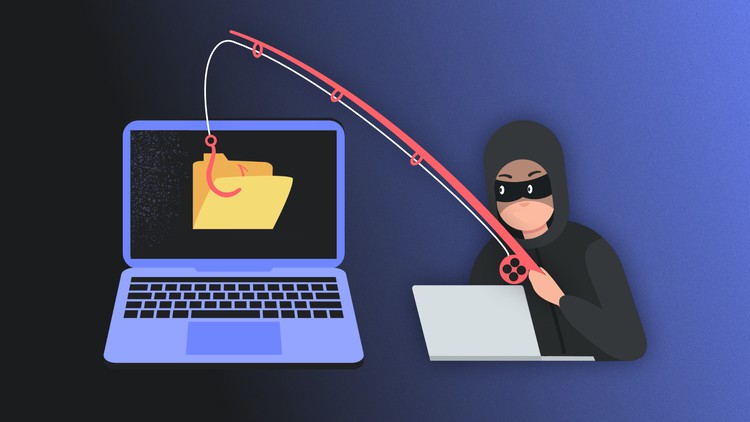
The 7 layers of cybersecurity
October 16, 2023
Safeguarding the Vault: The Imperative of Cybersecurity in Financial Services
November 13, 2023In today’s digital age, our lives are increasingly intertwined with the internet. From banking and shopping to socializing and accessing sensitive information, we rely heavily on online platforms. However, this convenience also comes with a price – the ever-present threat of cyber attacks and data breaches. To combat these risks, the implementation of robust security measures, such as Two-Factor Authentication (2FA), has become essential. This blog explores the significance of 2FA in safeguarding our online presence and protecting sensitive data.
Understanding Two-Factor Authentication (2FA):
Two-Factor Authentication is a security mechanism that adds an extra layer of protection to the traditional username and password login process. It requires users to provide two separate pieces of evidence to verify their identity. These factors commonly include something the user knows (e.g., a password) and something the user possesses (e.g., a unique code sent to their mobile device).
1. Enhancing Security:
The primary purpose of 2FA is to fortify online security by reducing the likelihood of unauthorized access to user accounts. Passwords alone are no longer sufficient to protect against sophisticated hacking techniques, such as phishing, keylogging, or brute force attacks. By adding an additional authentication factor, 2FA significantly reduces the risk of unauthorized access, even if passwords are compromised.
2. Preventing Account Takeovers:
Account takeovers are one of the most common types of cyber attacks. Hackers gain unauthorized access to user accounts, enabling them to exploit personal information, commit fraud, or perpetrate identity theft. With 2FA in place, even if an attacker successfully obtains a user’s password, they would still need the second factor (e.g., a unique code) to gain entry. This additional layer of security acts as a deterrent, making it incredibly difficult for hackers to compromise user accounts.
3.Protecting Sensitive Data:
In an era where personal and financial information is increasingly stored online, the protection of sensitive data is paramount. 2FA plays a crucial role in safeguarding this information by providing an added level of protection against unauthorized access. By requiring both a password and a secondary factor, such as a fingerprint, facial recognition, or a time-based one-time password (TOTP), 2FA ensures that only authorized individuals can gain access to sensitive data, mitigating the risk of data breaches.
4. Mitigating the Impact of Password Reuse:
Many internet users have the tendency to reuse passwords across multiple platforms. This practice poses a significant security risk. If one account is compromised, hackers can gain access to multiple accounts using the same credentials. However, with the implementation of 2FA, even if a password is reused, the secondary authentication factor protects against unauthorized access. This reduces the potential damage caused by password reuse and reinforces the importance of using unique passwords for each online account.
5. Increasing User Trust and Confidence:
2FA provides users with a sense of security and reassurance. By implementing this additional layer of protection, online platforms demonstrate their commitment to safeguarding user data. This, in turn, helps to build trust and confidence among users, encouraging them to engage more freely in online activities without fear of compromising their personal information.
Conclusion:
As the digital landscape continues to evolve, the importance of Two-Factor Authentication (2FA) in online security cannot be overstated. With the increasing prevalence of cyber threats and data breaches, implementing 2FA has become imperative to protect our online identities and sensitive information. By adding an extra layer of authentication, 2FA significantly enhances security, prevents unauthorized access, and mitigates the impact of password-related vulnerabilities. It is crucial for individuals and organizations alike to recognize the significance of 2FA and prioritize its implementation to ensure a safer online environment.



